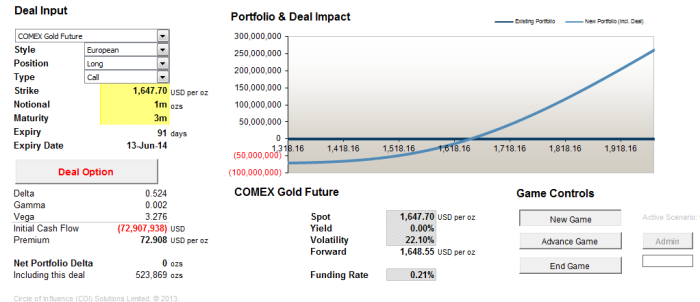Spot foreign exchange
In the spot FX module, the content ensures that the participants are comfortable with the way in which FX is quoted and the associated key terminology (e.g. appreciation and deprecation).
Forward foreign exchange and FX swaps
According to the Bank for International Settlements (BIS.org) the most actively traded product in this asset class is an FX swap. In our experience, it is also the most difficult concepts for people to grasp. The main learning point that comes from this module is not about adding or subtracting pips or points to a spot rate but rather that an FX swap is nothing more than a collateralised loan. As the name suggests a trader may decide to exchange / swap USD for EUR i.e. borrow EUR for a predefined period and deliver USD as collateral.



